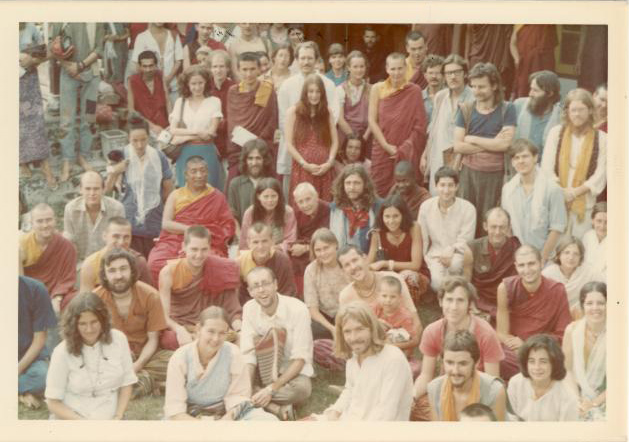The CCR North America has its roots in the work of B. Alan Wallace, a scholar of Tibetan Buddhism and a pioneer in contemplative science.

Early Influences (1973 – 2003)
- Wallace’s deep engagement with Buddhist practice began in 1973 with ordination as a monk and continued through meditation retreats in India, Sri Lanka, and the United States.
- He earned a Ph.D. in religious studies, focusing on the science of attention in Tibetan Buddhism, and established the Santa Barbara Institute for Consciousness Studies to bridge the gap between contemplative traditions and scientific inquiry.
- A significant influence was The Shamatha Project (2003), a longitudinal study on the effects of meditation that Wallace co-led.

Founding and Early Years (2012 – 2020)
- Eva Natanya, a scholar of Tibetan Buddhism, emerged as a key collaborator with Wallace.
- Inspired by The Shamatha Project’s success, Wallace and Natanya envisioned a center dedicated to rigorous meditation practice and scientific research.

2020 – Present: The Center Takes Root
- In 2020, with seed funding and a board of directors, the CCR was established in Crestone, Colorado.
- The center acquired land with existing facilities and began renovations to accommodate long-term meditation retreats.
- The first cohort of meditators arrived in November 2020.
- Research commenced, focusing on first-hand accounts of contemplative experiences alongside scientific measurements.

Continued Growth and Development (2021 – 2023)
- The CCR gained official non-profit status and expanded its leadership team.
- Collaboration with the Santa Barbara Institute continued with co-sponsored retreats.
- The CCR welcomed international retreat participants and undertook construction projects to increase capacity.
- Research efforts progressed with IRB approval for expanded protocols and completion of the pilot study phase.
- The CCR North America is a young but rapidly developing center. It stands as a testament to the vision of Wallace and Natanya, aiming to integrate the wisdom of contemplative traditions with the rigor of scientific exploration.

